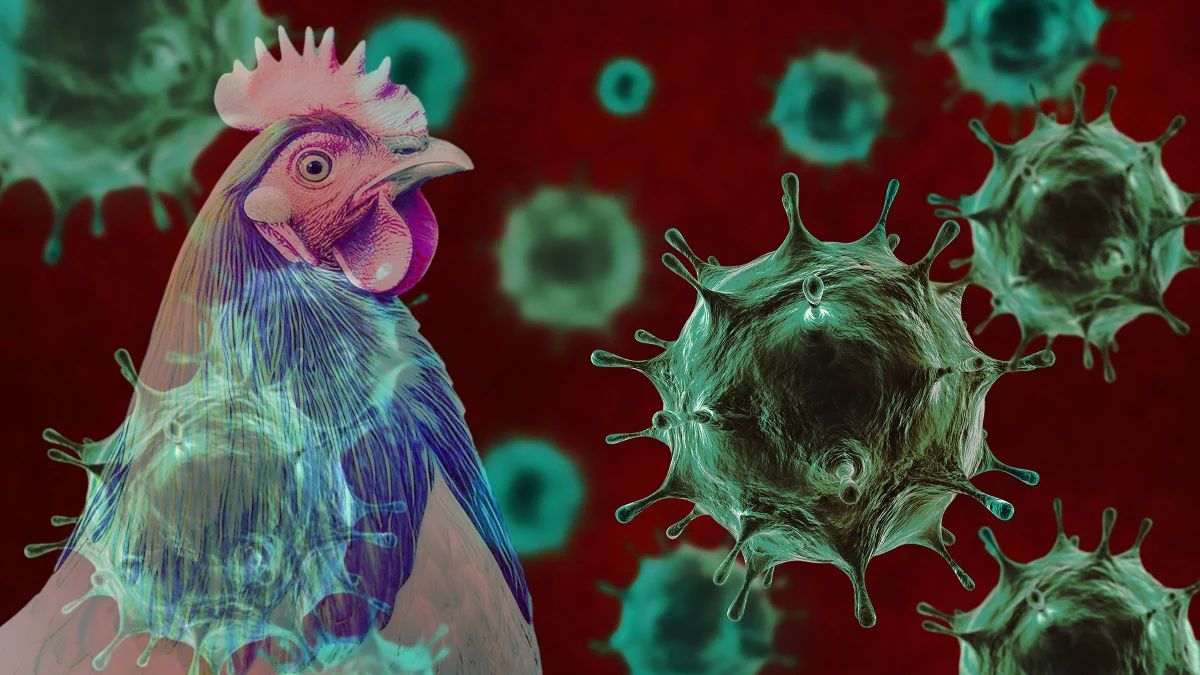Access to fresh water has become one of the most prominent issues throughout the world. Only about 3 percent of all water on Earth is fresh water. Of this 3 percent, only about one third is accessible by humans. This lack of access to clean water has made a noticeable impact on much of the world’s population. Some studies suggest that about two thirds of the global population lives under severe water scarcity during at least one month every year. This has devastating effects on economies, poverty rates, and health.
In an effort to combat the alarming lack of clean water, much recent research has been done on desalination, the process of removing salt and other impurities from water. One of the most efficient and cost-effective means of desalination is solar distillation. Solar distillation is the process of distilling water using only the energy of the sun. By creating a box that is well insulated and water proof, a solar still can distill brackish water and turn it into fresh, potable water.[1]
Andrew Gilmore, a senior and two-year Strnad fellow, has investigated the efficiency of different types of solar stills. Andrew detailed how the solar still works, “Solar stills capture the heat energy of the sun to evaporate water onto a sloped plane. This condenses into usable fresh water.” His primary objective is to find the most efficient shape for a solar still. “The most efficient solar stills find the optimal size of the basin, type of glass, angle of the slope, and insulation. I want to test to see if a solar still with a pyramid shaped slope is more efficient than a single basin solar still. These stills have the same basin area, so I can isolate the shape of the still as the primary variable.”
He went about creating the two solar stills using plywood for the basin and fiberglass for the slope. He then spray-painted the inside black to attract as much heat as possible. To insulate the still, he placed it in a box of cardboard and sprayed insulation foam around the edges. A picture is included:
Andrew hopes his project has significance in the development of future stills. “It is important to advance our understanding of solar distillation and create effective solar stills. A solar still can produce about a gallon of water every eight hours. This is enough water to supply a family with a consistent and clean water source. I also plan on using my data to show correlation of efficiency with certain weather patterns. As winter comes, one of the stills might perform better than the other in colder conditions, even though it does not in warmer conditions.” Andrew has made great progress in the design, production, and testing of these solar stills. You can catch Andrew’s stills in action in the lab room on the first floor of the academic wing.
[1] By Using Solar Distillation of Water, People Are Less Dependent on Rainwater to Supply All Their Needs. “How Solar Powered Distillation of Water Works – Energy Informative.” Energy Informative. N.p., n.d. Web. 31 Oct. 2016.







